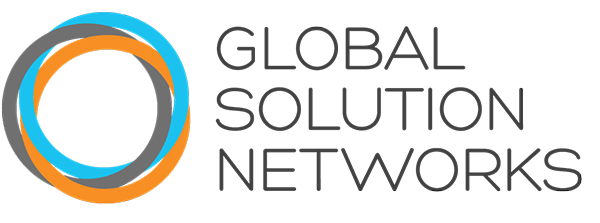If you are the leader of a large organization (or only of yourself) who cares about improving the world, here’s a question you should consider: How will you participate in the global solution networks that are increasingly managing to address the world’s problems?
A global solution network is a group of independent parties that have coalesced around a global problem or task they all perceive as important but that none can handle on its own. They become a network when they begin communicating about and coordinating their activities to make progress, rather than working unilaterally and competitively (as, for example, an industry does in a market economy).
Cooperative efforts to solve shared problems have of course arisen in the past. In business the great examples have been standards networks. But the world’s biggest social and economic ills have been addressed by gatherings of nation-states. The model for global cooperation was forged after World War II, when representatives of 44 countries met at Bretton Woods, New Hampshire; the work they did there led to the International Monetary Fund, the World Bank, the United Nations, the G8, the World Trade Organization, and more.
Once state-based institutions like these had taken hold, it became hard to imagine other ways to address territory-spanning social challenges—the human problems that, in the words of Kofi Annan, the former UN secretary-general, “do not come permanently attached to national passports.” But over time it has also become clear that these institutions aren’t equal to the task. Progress on many fronts is stalled.
Two major developments in recent decades have provided the basis for a new model. First, the internet has created the means for participants of all sizes, down to individuals, to communicate, contribute resources, and coordinate action. We no longer need government officials to convene for the rest of us to align our goals and efforts. Second, businesses have gained the ability, by virtue of their international scale and their growing eagerness to be forces for good, to play an important role in global cooperative efforts. No businesses were at the table at Bretton Woods, but today corporations routinely engage with other sectors to address issues of sustainability, social justice, and public well-being.
Global solution networks lead to cooperation, governance, and problem solving—and make faster, stronger progress than state-based institutions ever could. If you doubt it, look at how the two models are dealing with climate change. State-based institutions have mobilized by meeting in Cancún, in Copenhagen, in Rio…and have so far failed to align on a plan for even a 6% reduction in carbon emissions. Meanwhile, some 20 million people have joined the Climate Reality Project and other self-organizing networks and are already taking action. Which is providing better leadership to save the planet?
As global solution networks proliferate (research at Rotman has already identified 10 types), business is ideally positioned to play an integral role. The challenge is clear: You now need to think strategically about which you will participate in and how. Will your organization act in isolation, taking on only problems that it can single-handedly solve? Or will you join the good fights taking place on a global scale, and leave the world meaningfully better?


